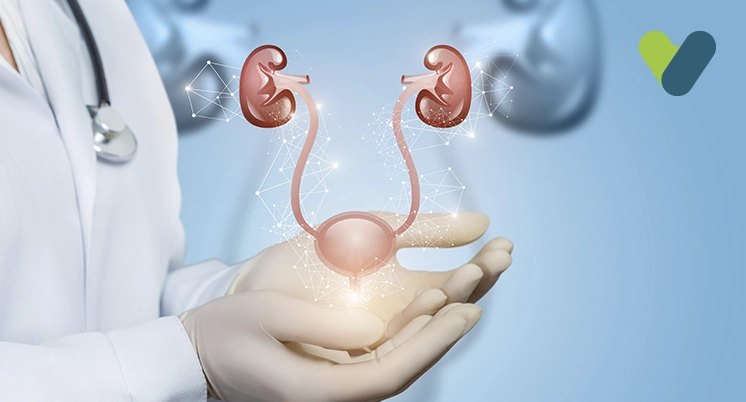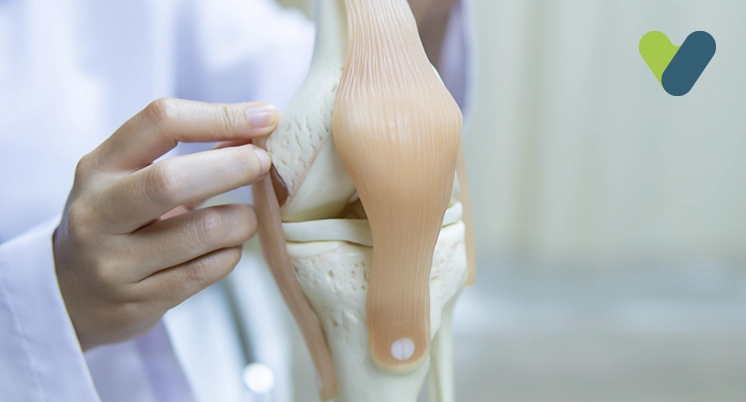Overview
Foreskin is a thin layer of skin that covers the head or glans of the penis. The foreskin is completely attached to the penis at the time of birth. Over time it separates from the head of the penis and can be pulled back.
Phimosis is a condition where the penis’s foreskin cannot be retracted. It is common among children, but some adults may have it too. Phimosis is not necessarily harmful or a problem, unless there are symptoms like tenderness, urinary tract infections, and issues during intercourse. Paraphimosis is also a possibility because of a tight foreskin that cannot return to its original position, causing the head of the penis to swell and get inflamed.
In children, phimosis is not really an issue unless discomfort arises because of infections. Most children grow out of this condition without the need for any sort of treatment. Interventions include topical steroidal treatment and surgery.
Phimosis surgery is also called circumcision. This removal of the foreskin can be done if phimosis leads to problems but is also conducted in parts of the world due to cultural and religious reasons.
During a complete circumcision, the entire foreskin is removed. It is also feasible to retain the foreskin and only broaden it, rather than remove the foreskin entirely (partial circumcision). To accomplish this, surgeons make 2 or 3 lengthwise incisions into the tightly connected foreskin.
The leftover foreskin may ultimately tighten up or reattach itself to the tip of the penis after partial circumcisions or treatments that leave the foreskin intact. If the foreskin is completely removed, phimosis cannot occur since the tip of the penis is no longer protected by the foreskin.
In children, general anaesthesia is used during the procedure. Using a local anaesthetic to numb the region is another option for adults.
Phimosis surgery costs vary depending on the hospital and the city where you are located. Private hospital charges are more compared to government hospitals. Phimosis surgery cost in India ranges between INR 25,000 – INR 32,000.
Why is phimosis surgery done?
The purpose of circumcision, or phimosis surgery is to efficiently remove the skin from the penis. The chances of UTIs (urinary tract infections), STDs (sexually transmitted diseases), and penile cancer are all reduced by phimosis surgery.
Some reasons to perform phimosis surgery –
- Symptoms of phimosis are not always present. But when it does, these symptoms could include inflammation, discomfort, or redness.
- The normal flow of urine may be hampered by a stiff foreskin. In extreme circumstances, it can be impossible for the person to empty their bladder.
- Swelling of the penis, known as balanitis, or swelling of the glans (the rounded portion forming the end of the penis) and foreskin, known as balanoposthitis, can result from phimosis. Both of these illnesses frequently result from improper hygiene.
Types of phimosis surgery
A urologist can assess a variety of surgical options for phimosis surgery. Complete postectomy or traditional circumcision: Two parallel cuts are made on the foreskin during this method of phimosis surgery. Before the blood vessels inside the foreskin are cauterised using a laser or an electric blade, the skin is usually cut to the subcutaneous tissue (dartos). When the excess skin is cut away, the skin is stitched together using resorbable material. Sexual activity can restart after fully recovering, which takes nearly four weeks.Partial postectomy: In this event, the foreskin is only partially removed, providing advantages such as keeping some glans protection. However, if this approach is used in the future, the phimosis can come back. Also, it takes 3 to 4 weeks for recovery and a return to sexual activity. Anti-inflammatory creams can accelerate the healing process.
Laser circumcision: Modern laser technology can be used to perform these phimosis surgeries. A shorter duration of postoperative management is the outcome of this. As a result, patients are protected from the typical postoperative inflammation caused by conventional phimosis surgery. A postoperative dressing is needed for two to three days following the procedure. Together with painkillers, an antibiotic medication that will last three to four days is required. Within seven to ten days, the sutures will begin to dissolve.
Physical exercise and sexual activity can be resumed after 3-4 weeks, respectively.
What are the benefits of phimosis surgery?
Phimosis surgery has many health benefits, such as:- Improved hygiene: It is difficult to wash the penis after urination and ejaculation due to the extra skin that is present on the tip of the penis. Because the excess skin is removed during phimosis surgery, it is simple to wash the penis after urination and ejaculation.
- Reduced risk of STDs: Men who have had circumcision or phimosis surgery may be less likely to acquire some STDs, like HIV infection.
- Reduced risk of UTIs: Urinary tract infections are less likely to affect men, but they are more likely to affect uncircumcised men. Serious infections at a young age may lead to kidney problems in later stages of life.
- Reduced risk of penile cancer: Penile cancer is uncommon; however, it is less frequent among males who have undergone circumcision or phimosis surgery. Also, circumcised males’ female sexual partners have a lower cervical cancer risk.
- Penile problem prevention: If the penis has not been circumcised usually has difficulty retracting the foreskin (phimosis). The penis tip or foreskin may become swollen as a result.
What are the recovery measures after a phimosis surgery?
Before leaving the hospital or the doctor’s clinic, the patient will be prescribed painkillers, and will be advised to wear loose clothes made of breathable fabrics.The penis normally heals in seven to ten days. The penis may first feel sensitive at the tip and may appear red, inflamed, or wounded. The head of the penis may also have a tiny portion of yellow mucus (pus).
Adults, or those over the age of consent, will be advised not to have intercourse for at least 4 weeks. They will also be asked not to engage in other activities for a while, like driving, or anything that can cause friction against the crotch during movement.
For children and infants, the doctor will give specific instructions to ensure there is no infection. For instance, parents will be told that washing the penis is completely fine after wound healing. Dressing should be replaced after every diaper change, which should be frequent. Additionally, to prevent the penis from attaching to the diaper, it’s advisable to apply a small amount of petroleum jelly on the head. If there is a plastic ring (to protect the wound) in place of a bandage, then that will fall off naturally, normally within a week. After the penis has healed, wash it normally while taking a bath.
Consult the doctor if, after the surgery, normal urination doesn't start within 12 hours, there is continuous bleeding, the head of the penis is leaking an unpleasant scent (pus), and the plastic ring used for dressing is still in place after 2 weeks.


